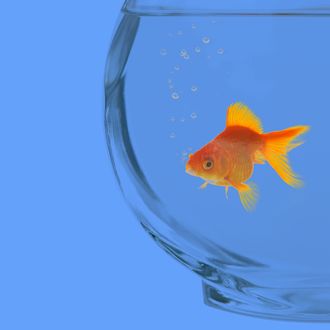
Here’s a question you have likely not spent much time pondering: Do fish feel pain?
The editors of the brand new scientific journal Animal Sentience: An Interdisciplinary Journal on Animal Feeling, on the other hand, have spent lot of time considering the potential pain threshold of a fish. The inaugural issue of the journal includes an editorial penned by University of Queensland biologist Brian Key, which concludes that, no, fish probably do not feel pain. It also, however, includes more than 40 responses to that argument. A sampling: Just because fish happen to lack a neocortex — which humans use to experience pain — does not necessarily mean it can’t experience pain via another mechanism, argues University of California at Irvine biologist Georg Striedtr; unless, on the other hand — well, maybe that is what it means, counters National University of Singapore psychologist Stuart W. G. Derbyshire.
But the larger point of interest here is the journal itself. A launch of a new scientific journal can signify something of a shift or sharpening of focus among the research community, as philosopher Alva Noë recently wrote for NPR. “A new scientific journal is not merely a new venue for publishing research,” Noe writes. “[I]t can encourage new science, create a new community of investigators and, to some degree, contribute to the establishing of new fields.”
The field of cognitive science, for example, existed prior to 1978, the year the journal Behavioral and Brain Sciences was launched. But the publication helped move the field in a more meaningful and organized direction, Noe writes:
[T]here can be no doubt that BBS helped make cognitive science the sort of robustly cross-disciplinary field it has become. In BBS, “target articles,” by psychologists, linguists, philosophers, roboticists, for example, would garner “commentary articles” from dozens of writers working in different fields. The idea that “the mind” is not the proprietary subject matter of one discipline — but truly demands that different methods and starting points and practices come together to try to sort it out — was one that was realized in the pages of BBS. I don’t think that any history of cognitive science could afford to neglect a chapter on BBS itself.
Perhaps the same may be true for the study of animal thoughts and feelings, a field that has already seen some exciting new discoveries in recent years. Prairie voles may experience empathy, for instance, and bottlenose dolphins seem to be capable of self-recognition, to name just two recent findings. Many scientists who study animal cognition see cause for celebration with the arrival of this journal, though one wonders whether they are choosing to celebrate by hugging their dogs.




